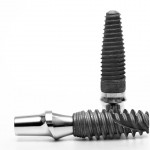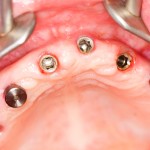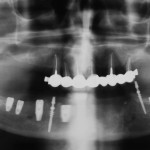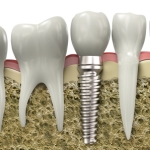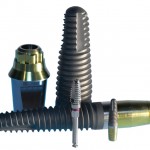
Osseointegrated dental implants have been available since the late 1970s, initial placement protocols recommended an initial load free healing period. Improved understanding of osseointegration has lead to the use of immediate or early loading protocols. The aim of this study was to compare the feasibility of loading four implants with a pre-existing denture converted to [read the full story…]
